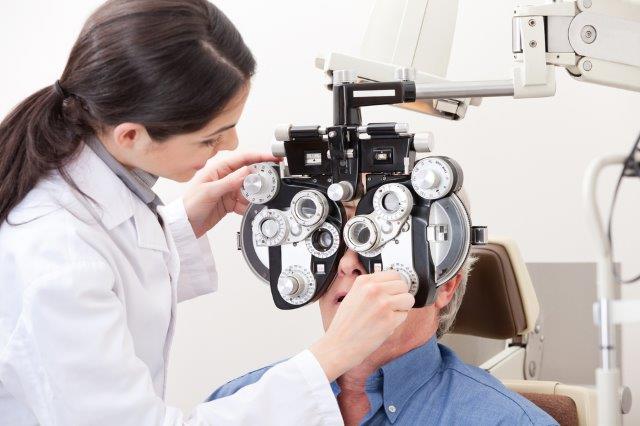FOR IMMEDIATE RELEASE
ACS News Service Weekly PressPac: July 27, 2016
Gene therapy in a droplet could treat eye diseases, prevent blindness
"Facile Noninvasive Retinal Gene Delivery Enabled by Penetratin"
ACS Applied Materials & Interfaces
Eye diseases such as diabetic retinopathy and age-related macular degeneration are among the leading causes of irreversible vision loss and blindness worldwide. Currently, gene therapy can be administered to treat these conditions — but this requires an injection. Now researchers report in the journal ACS Applied Materials & Interfaces a new way to deliver the treatment topically, without a needle.
The rear part of the eye is where conditions such as proliferative diabetic retinopathy and age-related macular degeneration develop. And they involve a substance called vascular endothelial growth factor, which stimulates the growth of blood vessels. Scientists have been trying to inhibit the growth factor using gene therapy, but delivering drugs to the back of the eye currently requires an injection. Not surprisingly, few patients opt for this type of treatment. Gang Wei and colleagues wanted to find a noninvasive approach.
The researchers developed a gene delivery system with a peptide called penetratin, which has shown good permeability in the eye, and a synthetic polymer called poly(amidoamine) that has previously been used in drug delivery. Testing on rats showed that the complex, when applied as an eye drop, rapidly moved from the eye’s surface to its rear inner lining. It remained in the retina for more than eight hours — enough time for a model gene to be expressed. The findings demonstrate the method’s potential for delivering gene therapy to treat several eye diseases, the researchers say.
The authors acknowledge funding from the National Natural Science Foundation of China.


